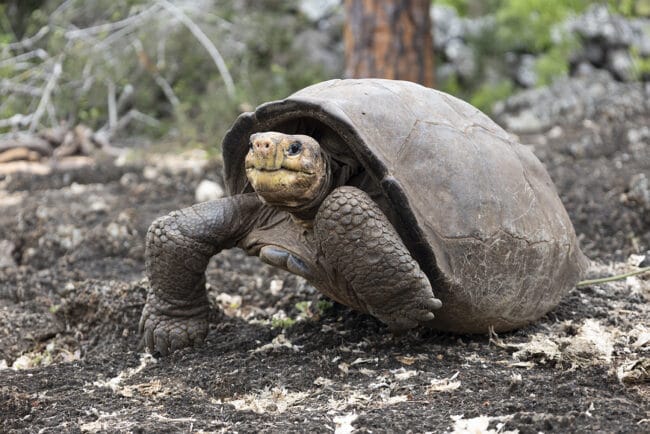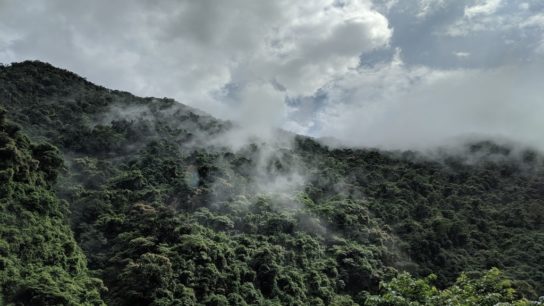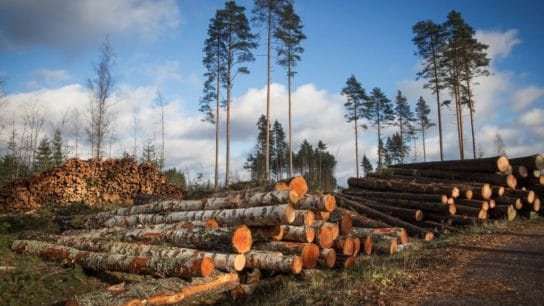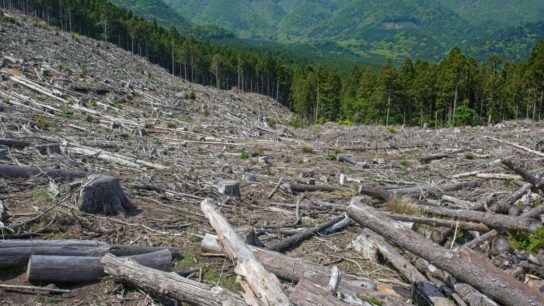UNESCO World Heritage Sites represent humanity’s shared cultural and natural treasures, recognized for their outstanding universal value. Unfortunately, many of these sites are threatened by climate change and human activity, with 56 now listed as World Heritage Sites at risk.
—
Established under the United Nations Educational, Scientific and Cultural Organization (UNESCO) in 1972, the World Heritage Convention aims to identify and protect sites that possess exceptional cultural or natural value.
Today, there are over 1,100 UNESCO Heritage Sites across the globe, encompassing both cultural and natural categories. Cultural Heritage Sites include monuments, groups of buildings, and archaeological sites, such as the Pyramids of Giza in Egypt and the Great Wall of China. Natural Heritage Sites, on the other hand, are celebrated for their natural beauty and biodiversity, with examples like the Grand Canyon National Park in the US and the Great Barrier Reef in Australia.
For a site to be designated as a UNESCO Heritage Site, it must meet at least one of ten specific criteria. These criteria ensure that only the most significant sites receive this prestigious designation, highlighting their global importance. Sites may be recognized for their artistic genius, their testimony to cultural traditions, or their exceptional natural phenomena. The rigorous selection process emphasizes the necessity of preserving these sites for future generations while fostering a deeper understanding of our collective history.

UNESCO Heritage Sites serve several critical functions that extend beyond their immediate location. They are vital for preserving the cultural heritage of communities and nations, providing a tangible link to the past. These sites allow future generations to learn about their history, traditions, and the diverse narratives that shape our world.
Additionally, natural Heritage Sites play a crucial role in preserving biodiversity, ecosystems, wildlife habitats, and endangered species. The designation often boosts tourism, drawing visitors from around the globe and generating significant economic benefits for local communities. This influx can lead to increased funding for conservation efforts, ensuring that these treasures are maintained for years to come.
Impact of Climate Change and Human Destruction
Despite their significance, UNESCO Heritage Sites face numerous challenges that threaten their integrity.
Rising temperatures, sea-level rise, and extreme weather events affect many sites, particularly natural ones.
The World Monument Fund (WMF) has identified that climate change is the predominant threat to sites in Sub-Saharan Africa, whereas urbanization and development pose the greatest risks to historical sites in Asia. The Great Barrier Reef, for example, is experiencing severe coral bleaching due to changing ocean conditions, which jeopardizes its biodiversity.
In Europe and North America, insufficient funding is the primary challenge, while overtourism significantly impacts sites in Latin America and the Caribbean. Human activities, such as overtourism, urban development, and industrialization, further contribute to the degradation of these sites. Venice, famous for its historic architecture and iconic canals, is sinking due to both natural processes and human-induced factors, which threaten its cultural heritage.
In the Middle East and North Africa, the main concerns are armed conflict and a lack of local resources. For instance, the ongoing crisis in Syria has led to significant damage to ancient sites like Palmyra, underscoring the vulnerability of cultural heritage in times of turmoil.
But what are the UNESCO Heritage Sites most at risk? Earth.Org takes a look.
1. Great Barrier Reef, Australia
The Great Barrier Reef is the world’s largest coral reef system, spanning over 2,300 kilometers along the northeastern coast of Australia. It is renowned for its biodiversity, housing thousands of species of marine life.
The reef is facing severe threats primarily due to climate change. Rising ocean temperatures have led to mass coral bleaching events, where corals expel the algae that provide them with nutrients and color.

According to the Australian Institute of Marine Science (AIMS), approximately half of the reef’s coral cover has been lost since 1995, with recent bleaching events further exacerbated by extreme weather patterns linked to climate change. In October, the National Oceanic and Atmospheric Administration (NOAA) confirmed that the current mass coral bleaching event affecting dozens of countries worldwide is now the largest event ever recorded.
Additionally, pollution from agricultural runoff and coastal development poses risks to the reef’s health.
More on the topic: 5 Coral Reefs That Are Currently Under Threat and Dying
2. The Galápagos Islands, Ecuador
The Galápagos Islands, famous for their unique ecosystems, are threatened by invasive species, overfishing, and climate change. Invasive species such as goats and rats disrupt local ecosystems by preying on native wildlife and competing for resources.
For instance, the iconic Galápagos tortoise has faced significant population declines due to hunting, habitat destruction, and competition with invasive species like goats. As ecosystem engineers and large vertebrates, Galápagos tortoises play a crucial role in maintaining the health of the island’s ecosystems. Their sensitivity to environmental changes makes them valuable indicators of ecological disturbances. Conservation efforts are ongoing to protect and restore their populations.

A study published in 2021 by the Galápagos Conservancy highlights that these invasions have led to declines in native species populations. Furthermore, climate change is causing ocean acidification and rising sea levels, which threaten the delicate balance of the islands’ ecosystems.
3. Venice, Italy
Venice, a UNESCO World Heritage Site since 1987, is celebrated for its unique architecture and intricate canal system, yet it faces significant threats to its structural integrity and cultural heritage.

Rising sea levels, exacerbated by climate change, have exacerbated flooding, causing extensive damage to buildings and infrastructure. In addition, the city is also sinking due to geological processes and groundwater extraction.
Overtourism adds another layer of pressure, with millions of visitors yearly contributing to wear and tear on historic sites and overcrowding. Pollution from boats and industrial activities threatens the marine ecosystem while large cruise ships raise concerns about environmental and structural impacts.
Initiatives such as the MOSE project, which features a sophisticated system of movable barriers designed to be raised during extreme tidal events to protect the Venetian Lagoon from flooding, are crucial for safeguarding the city. However, ongoing commitment is vital to ensure that this iconic site is preserved for future generations.

4. Ancient City of Aleppo, Syria
Political instability in regions experiencing conflict can also put heritage sites at risk. Many sites struggle with limited resources for maintenance and conservation, hindering efforts to protect these treasures from decay.
The Ancient City of Aleppo is one of the oldest continuously inhabited cities in the world, with a rich history reflected in its historic architecture, including the Citadel of Aleppo and the Great Mosque. However, the ongoing Syrian Civil War has resulted in extensive damage to the city’s cultural heritage.

According to reports from the UNESCO World Heritage Centre, many historic buildings have been destroyed or severely damaged due to military actions, looting, and neglect. The lack of adequate resources for restoration and protection compounds the risk, with the site now listed as a UNESCO World Heritage site in danger.
Outlook
These are just some of the many sites that are at risk due to climate change and human activities. The threats they face are not just isolated challenges; they reflect broader patterns of environmental degradation and cultural loss that impact communities worldwide.
As we continue to witness the accelerating impacts of climate change – such as rising sea levels, extreme weather events, and habitat destruction – it becomes increasingly clear that urgent action is necessary.
Preserving these UNESCO Heritage Sites is crucial not only for protecting their inherent beauty and historical significance but also for maintaining the cultural narratives and biodiversity they represent. It requires a collective effort from governments and individuals to advocate for sustainable practices, invest in conservation, and promote awareness of the importance of these sites.
This story is funded by readers like you
Our non-profit newsroom provides climate coverage free of charge and advertising. Your one-off or monthly donations play a crucial role in supporting our operations, expanding our reach, and maintaining our editorial independence.
About EO | Mission Statement | Impact & Reach | Write for us














